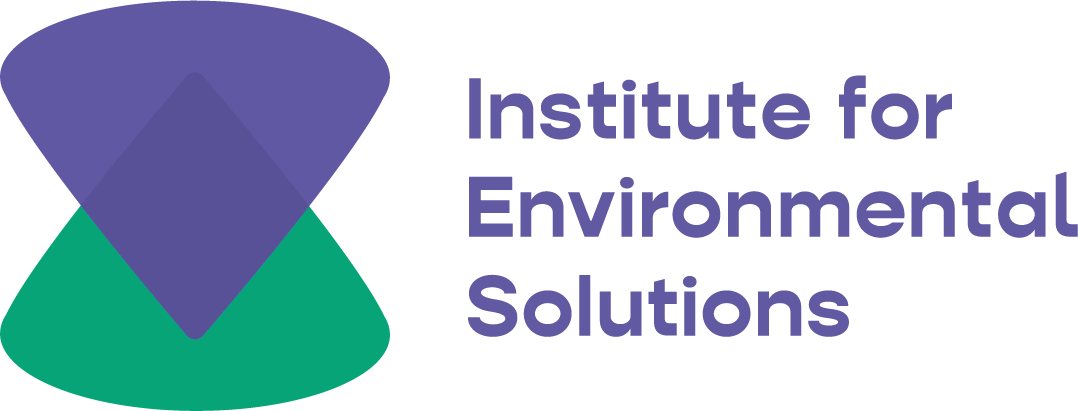LIFE Programme – the Most Important Source of Nature Protection Funding in the EU
The European Executive Agency for Small and Medium-sized Enterprises (EASME) publishes the largest assessment to date of the life programme's role in nature conservation in Europe
The EASME study on the role of the LIFE programme in nature conservation in the European Union indicates that the LIFE programme has been the most important source of funding for nature conservation measures in the European Union since 1992. It has so far funded thousands of species and habitat protection projects in all EU countries. This is also the most important support of the Natura 2000 network: 5,400 Natura 2000 sites have received LIFE funding.
The report also mentions two major grassland restoration and management projects implemented by the Latvian Fund for Nature: Floodplains (which was implemented between 2004 and 2008) and GrassLIFE (the implementation of which takes place between 2017 and 2023). In the floodplain project, in cooperation with landowners, we restored more than 2,500 hectares of floodplain meadows in 15 specially protected nature territories throughout Latvia – Mugurve meadows, Raķupe, Lielupe, Lake Lubāns area and elsewhere, and within the framework of the LIFE programme rarely has a project managed to surpass this achievement. In turn, within the framework of the GrassLIFE project we plan to restore more than 1,320 hectares of specially protected grassland habitats and create an infrastructure suitable for grazing them.
The report provides an overview of what the priorities of the LIFE Programme should be in the future in order to continue and improve the performance of nature conservation in Europe. It is pointed out that it is necessary to support projects with clear protection and reconstruction objectives, promoting the inclusion of species and habitats in the programme that have so far been under-represented, supporting larger-scale nature conservation and restoration strategies at national and regional level, supporting cross-border cooperation and the transfer of good practices, and improve project preparation capacity at EU Member State level.
This report complements the important range of studies and reports on biodiversity conservation released in 2020. For example, on 19.10.2020, the European Environment Agency issued a report entitled ‘The State of Nature in the European Union’, which is the largest assessment of the natural situation in the EU to date. It makes it clear that the state of nature in the EU is critical and that rapid steps need to be taken to preserve it. The report also points out that the EU has appropriate legislative tools and instruments at its disposal to make things right and can no longer hesitate.
There is also a political hope in the context of the new EU Biodiversity Strategy 2030 and the Farm to Fork Strategy, both of which are key elements of the European Green Deal. The biodiversity strategy aims to strengthen and expand the network of protected areas, establish a recovery plan, and ensure the health of ecosystems, resilience to climate change and biodiversity wealth, and provide the range of services necessary for citizens' prosperity and well-being.
The full report is available here.






